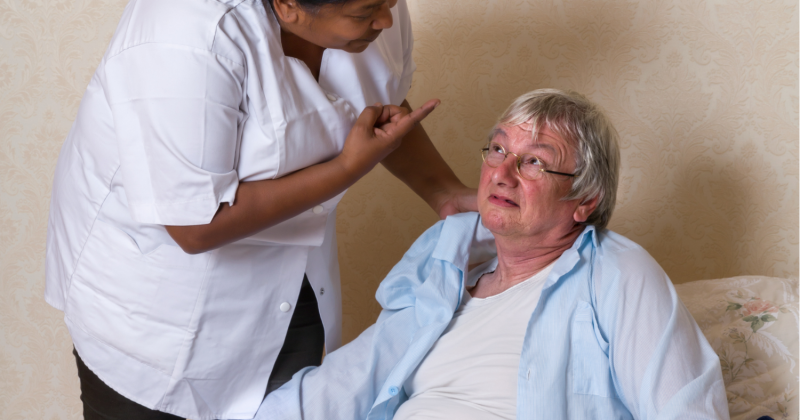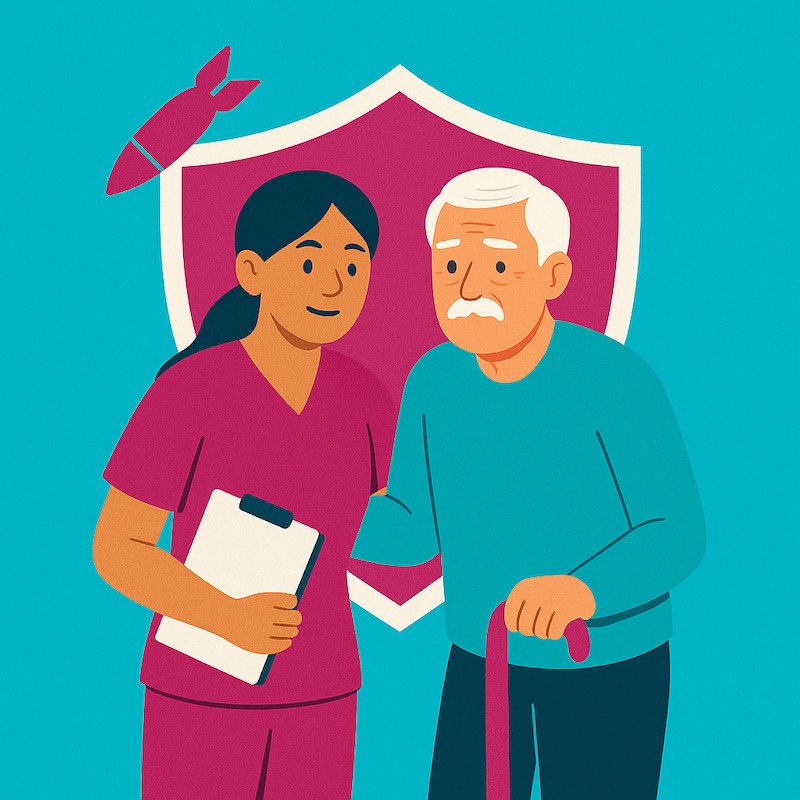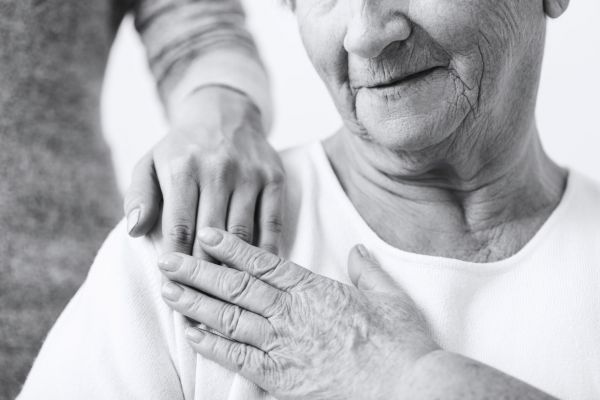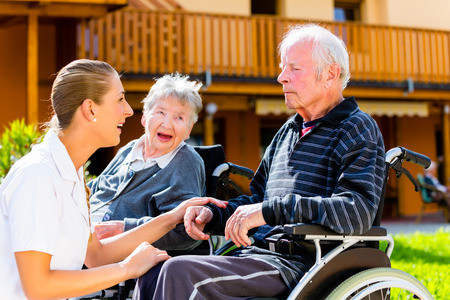Recognizing and Addressing Signs of Elder Abuse or Neglect: A Comprehensive Guide
iSavta | 28.01.2024

Elder abuse and neglect are distressing realities that affect vulnerable older adults in our society. It is crucial for individuals and communities to be able to recognize the signs of abuse and neglect in order to protect and support older adults. This article aims to provide a comprehensive guide on how to recognize and address these alarming issues, empowering readers to take action and safeguard the well-being of our elderly population.
Understanding Elder Abuse and Neglect
Elder abuse refers to any intentional act that causes harm or distress to an older person, while neglect refers to the failure to meet their basic needs. Abuse can occur in various forms, including physical, emotional, sexual, and financial. Neglect, on the other hand, can manifest as abandonment, lack of proper medical care, hygiene, nutrition, or social interaction. Both abuse and neglect often happen within relationships of trust, such as with family members, caregivers, or institutions.
Recognizing the Signs
Recognizing the signs of elder abuse or neglect can be challenging as they may not always be obvious. However, paying attention to certain indicators can help identify potential cases. These signs can be categorized into four main areas:
Physical Signs: Unexplained injuries, bruises, burns, or pressure marks; frequent falls or accidents; unattended medical needs; sudden weight loss or malnourishment; poor hygiene or unkempt appearance.
Emotional and Behavioral Signs: Unusual changes in behavior, such as agitation, withdrawal, fear, anxiety, or depression; strained or tense relationships; sudden financial difficulties or unexplained changes in financial status; isolation or lack of social interaction.
Environmental Signs: Living conditions that are unclean, unsafe, or unsuitable for an older person; inadequate heating or cooling; lack of necessary assistive devices or mobility aids; cluttered or hoarded living spaces.
Verbal and Non-Verbal Signs: Aggressive or controlling behavior by a caregiver or family member; the presence of power imbalances or intimidation; belittling, threatening, or isolating the older person; signs of fear or anxiety in their presence.
Addressing Elder Abuse and Neglect:
If you suspect elder abuse or neglect, it is crucial to take immediate action to protect the victim and ensure their safety. Here are some steps you can take:
Document the Evidence: Make detailed notes of any observed signs or incidents, including dates, times, and descriptions. Take photographs, if appropriate, to provide visual evidence.
Report to Authorities: Contact the appropriate authorities, such as adult protective services, law enforcement, or local elder abuse hotlines. They can guide you on the necessary steps and resources available.
Offer Support: Express concern and support to the older adult. Listen actively, validate their feelings, and assure them that help is available. Respect their choices while encouraging them to consider their safety and well-being.
Involve Professionals: Consult healthcare professionals, social workers, or geriatric care managers who can assess the situation and provide guidance on legal and support services. They can also help create a safety plan for the older person.
Advocate for Change: Raise awareness about elder abuse and neglect within your community. Support organizations working to prevent elder abuse and promote policies that protect older adults. Educate others on recognizing the signs and reporting suspicions.
Conclusion:
Recognizing and addressing signs of elder abuse or neglect is a collective responsibility. By understanding the signs and taking appropriate action, we can help protect older adults from harm, ensure their well-being, and promote a society that values and respects its elderly population. Together, we can make a difference in the lives of vulnerable older adults and create a safer future for all.











